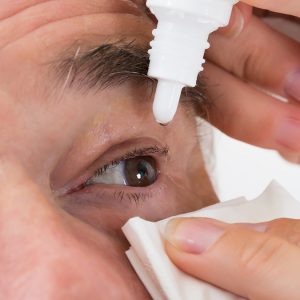What time of day is eye pressure highest?
High pressure of fluid in the eye can lead to problems with your vision, and most of the time, it’s associated with glaucoma. There are common causes of high eye pressure, and even the time of day can affect it. Thankfully, there are ways to treat it.

Causes of high pressure in the eye
Pressure in your eye is based on the balance between drainage and fluid production in the front part of the eye. But what actually causes someone to have high eye pressure?
Several factors impact the likelihood that you’ll have high eye pressure:
- Age and genetics
- Nearsightedness
- Certain medications, such as steroids
- Injury or trauma to the eye
- Health conditions, such as diabetes
Although there are common causes, anyone can develop high eye pressure. It’s important to communicate with your doctor about the side effects of any medications you’re prescribed. Be sure to monitor your eye’s pressure with routine comprehensive exams.
High eye pressure treatment
The time of day typically has an effect, and it is usually the highest during overnight hours. However, it never fluctuates more than 2-3 points in normal, healthy eyes. Patients with glaucoma may experience larger variation in eye pressure throughout the day.
So, how do you treat it? Fortunately, whether you have high eye pressure combined with glaucoma or not, there are medications for it. Your doctor can prescribe oral medications and eye drops, and if you suffer from glaucoma, you can have surgery.
If high eye pressure is left untreated, it can damage the optic nerve, resulting in glaucoma. High eye pressure alone doesn’t cause glaucoma, but it is a common risk factor. Routine eye exams can help make sure your eye pressure is what it needs to be.
